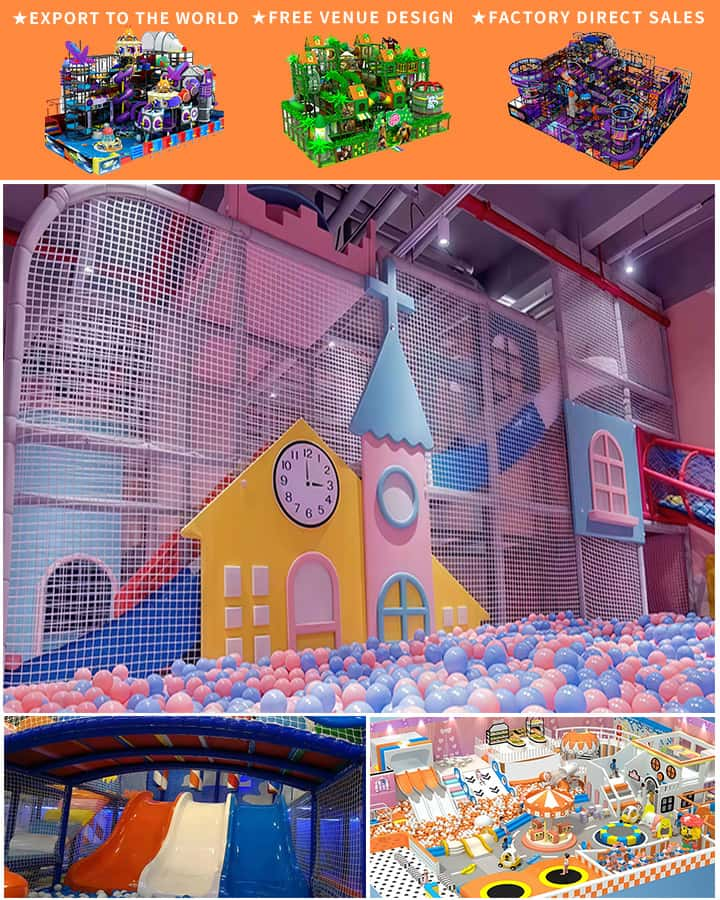In today’s society, it’s crucial to ensure that public spaces cater to everyone’s needs. One such space is the playground, where children of all abilities should be able to play and enjoy their surroundings. Inclusive playground equipment is designed with this principle in mind, aiming to create an environment where every child can join in the fun, regardless of their physical or cognitive abilities.
What Is Inclusive Playground Equipment?
Inclusive playground equipment refers to a range of specially designed play structures and elements that enable children with disabilities to participate alongside their peers. These pieces of equipment are created to offer equal play opportunities by incorporating features that accommodate various physical, sensory, and developmental needs. The design often includes wheelchair-accessible swings, transfer stations, sensory-rich play areas, and adaptive slides.
Key Features of Inclusive Playgrounds
Accessibility: One of the primary goals of inclusive playgrounds is accessibility. This means ensuring that all children, including those using wheelchairs, can navigate and enjoy the equipment. Features such as ramps, wide pathways, and transfer seats help make the playground accessible for everyone.

Diverse Play Options: Inclusive playgrounds provide a variety of play options to cater to different interests and abilities. From tactile play panels and musical instruments to climbing structures and spinner bowls, there’s something to engage every child.
Safety: Safety is paramount in any playground, but it’s especially critical in inclusive ones. Equipment is designed to meet stringent safety standards to protect children during play. Soft flooring materials like rubber matting or wood chips are often used to cushion falls.
Sensory Integration: Children with sensory processing issues can find traditional playgrounds overwhelming. Inclusive playgrounds often include quiet zones, sensory walls, and equipment with different textures to stimulate and soothe these youngsters.
Community Involvement: Successful inclusive playgrounds are often a result of community collaboration. Local governments, schools, and organizations work together with input from parents, therapists, and children to design and implement these spaces.
Benefits of Inclusive Playgrounds
The advantages of inclusive playground equipment extend beyond mere physical accessibility. Here are some key benefits:
- Social Inclusion: These playgrounds promote social interaction among children of all abilities, helping to break down barriers and foster understanding and empathy from a young age.
- Physical Development: Inclusive play equipment encourages physical activity, which is beneficial for children’s overall health and development. It allows children with disabilities to engage in physical play, which can sometimes be challenging in traditional settings.
- Emotional Well-being: Playing in an inclusive environment can boost the self-esteem and emotional well-being of children with disabilities. Knowing they can participate fully in activities like other kids fosters a sense of belonging and confidence.
Conclusion
Inclusive playground equipment is more than just a trend; it’s a commitment to creating a world where every child has the opportunity to play, learn, and grow. By designing playgrounds that are accessible and enjoyable for all children, we can nurture a generation that values diversity, inclusion, and empathy. Investing in inclusive playgrounds is not only a step towards equality but also an enriching experience for our youngest citizens, ensuring they have the best start in life.




